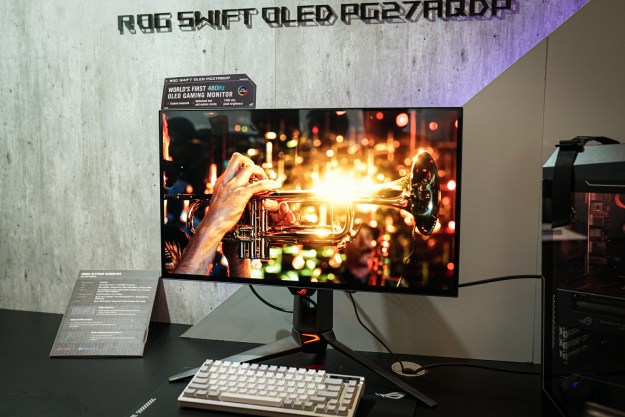Amid the innovation around higher resolutions and refresh rates announced at CES 2022, one smaller display announcement caught my eye that might be even more important.
Asus announced an update to its popular ROG Zephyrus Duo 16, which is already quite an unconventional gaming laptop. But this year’s update makes it even more interesting by offering what Asus calls a “dual-spec” monitor.

What’s a dual-spec monitor? Well, quite literally, it’s a display that can run at two different specifications — or more specifically, at two different refresh rates. That means a gaming laptop that could, for example, provide the option to adjust the display to a higher resolution with a slower refresh rate — or a lower resolution with a faster refresh rate.
That’s exactly what the new ROG Zephyrus Duo 16 can do. It can display UHD at 120Hz or FHD at 240Hz. Presumably, switching between the two is just as easy as switching resolution in a game.
Until now, the maximum refresh rate of a panel in
But if a panel could support two different refresh rates, you wouldn’t be restricted by that single refresh rate.

The reason this is so advantageous? Well, different games call for different specifications. You’ll be more competitive in a fast-paced shooter on a lower resolution with a higher refresh rate. Meanwhile, you’d appreciate the higher resolution of a slower-paced adventure title that has an emphasis on immersion and fidelity.
A dual-spec panel, like the one on the new ROG Zephyrus Duo 16, would allow the player to adapt their screen to the game they’re playing beyond just resolution.
Asus only offers the dual-spec panel as one of the display options for its Zephyrus Duo 16. The other is a more conventional QHD mini-LED display. And while there’s no reason it couldn’t offer a gaming monitor with the same feature, we haven’t seen one announced yet.
Suffice to say, the dual-spec panel is still very much an experiment. But I, for one, am hoping that it catches on.
Editors' Recommendations
- I tested the three best 14-inch gaming laptops. There’s a clear winner
- I tested 3 years of mini-LED gaming laptops, and I was shocked by the results
- Glasses-free 3D gaming can be amazing — but only if it’s done right
- I sat in Razer’s new gaming chair, and my back loved it
- LG’s new OLED monitor does 4K — and so much more


